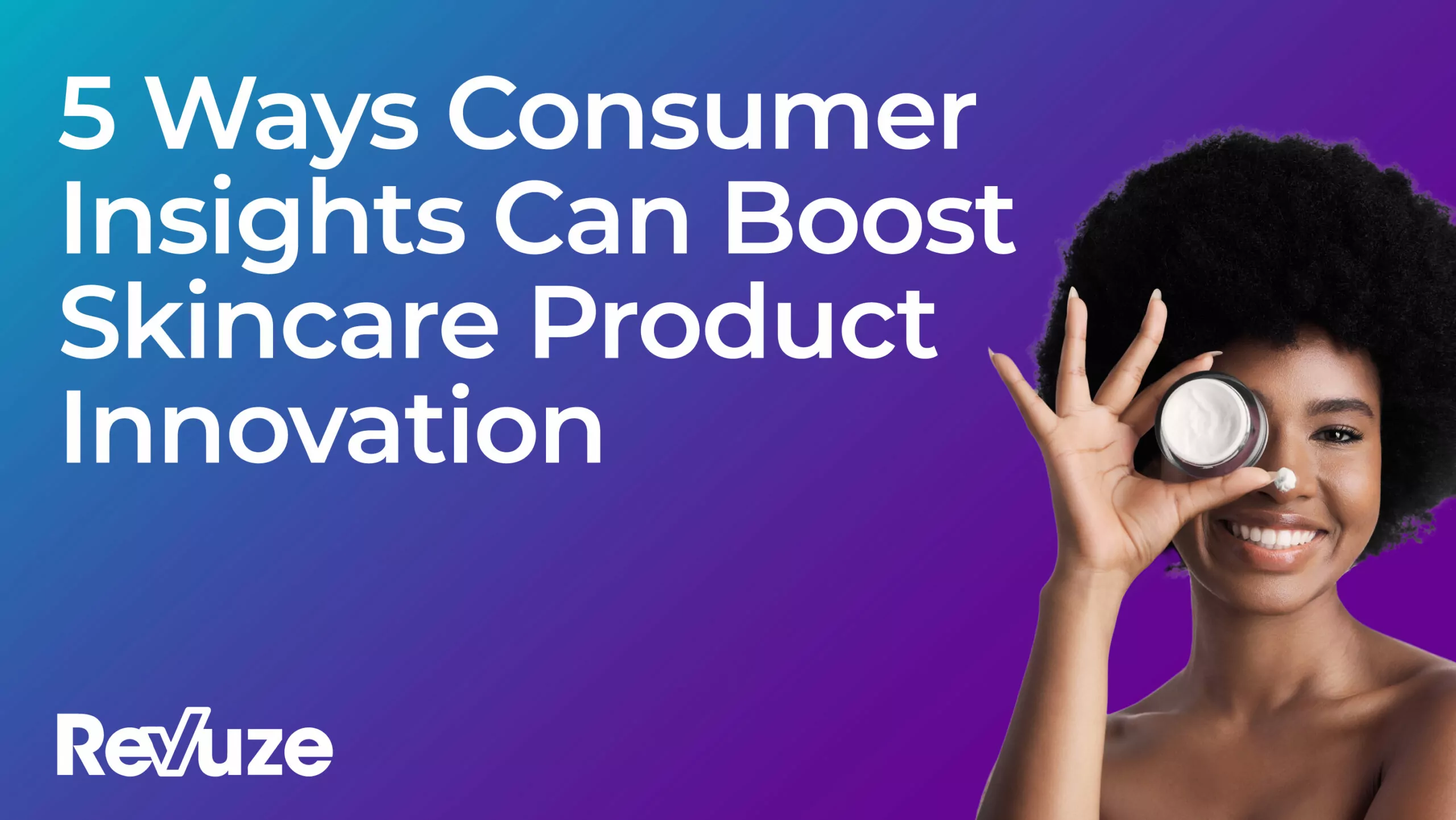
Consumer reviews are an amazing resource for understanding how your brands and products are perceived. Many of the insights are then leveraged for marketing purposes, such as website content and SEO.
However, a use case that is often overlooked is the role of consumer reviews in product innovation. Time and time again, we hear that consumer feedback has helped improve product defects or quality deficiencies no matter what vertical. Whether it’s diapers, clothing fabric or washing machines, product managers are leveraging the granular review insights to accurately pinpoint consumer issues and make improvements to ensure a positive consumer experience and the ultimate product satisfaction.
Yet, a trend that we’re increasingly hearing about is that Revuze is being used to innovate and develop new products. Two consumers recently shared their use cases with us. A home appliance company leveraged the power of Revuze’s Comparison Analysis Dashboard and Recently Added Dashboard to understand how consumers are discussing competitors’ products. They researched what topics are important to consumers. Based on the feedback they developed a completely new air fryer armed with the knowledge of what consumers really want.
Another unique story of product innovation is from a personal care company that took sustainability to the next level–they developed a prototype for a waterless product. Before developing the product they delved into the dashboard to understand how consumers feel about waterless products in addition to their range of unmet needs. And voila, a new product was born that was designed from its conception to production to satisfy their consumer base. It’s the ultimate way of achieving product-market fit.
These stories demonstrate the value of consumer reviews but how can they help your company innovate? Let’s dive into the range of Revuze dashboards. This blog post delves into five ways that consumer insights from online reviews powered by Generative AI can boost product innovation.
Step 1: Analyzing skincare product topics
To start, there is the detailed topic dashboard which delves into the topics around facial skin care in this case. The chart on the left provides a snapshot of the consumer sentiment on a monthly basis. To the right is the term cloud which weights the different terms that consumers associate with the skin topic. It’s easy to spot terms like skin, lightweight, feel, moisturizer because they are bigger than some of the other terms that consumers mention. Whether it’s your own product or a competitor’s, you have the ability to get very granular, thanks to Revuze’s Generative AI engine, around the different product features to understand what is important to consumers.
If you scroll even further down, there is additional analysis allowing you to easily toggle between the positive and negative topic sentiments as you see below. Beyond overall satisfaction, hydration, smell, oily/greasy, performance, and fragrance strength are important topics for this product. Product managers can easily get a picture of what factors are important to consumers and take them into consideration when developing a new product. The brand product list for this category is also readily available for product managers to get a sense of leading products out there for the selected topic. For instance, one product may lead in the area of skin and another hydration. It helps to see the position of your own product in the various topic areas.
Step 2: Topics that move the needle
In the previous section, we focus a lot on delving into the product topics. However, topics can be prioritized by looking at the positive drivers for five star ratings and negative drivers for one or two star ratings. In the chart below, the “soft & smooth” topic stands out for facial skin care because it gives a 14% boost to five star ratings. This is an indication that this should be prioritized for product innovation. Similarly, “acne” stands out as a negative driver resulting in a 7% increase in one and two star ratings. The drivers’ impacts on the ratings can help product managers understand what’s important to consumers in a particular product category.
Step 3: Product benchmarking
Understanding your product’s position in the marketplace can give you tremendous insights into consumer behavior. In the example below, I’ve sent the Bliss Clear Genius Clarifying Toner & Serum as my benchmark and so it’s colored in periwinkle. It highlights the sentiment, volume, and star rating for other similar products in that facial skin care category. As you can see, the anti-aging serum to the left of the benchmarked product has almost double the volume of reviews but has a lower sentiment and slightly higher star rating. The serum on the right on the other hand, has less volume but still out ranks the Bliss product in both the sentiment and start rating areas.
From the Product Catalog section, you can toggle the table to landscape and a chart will appear showing where your product stands in terms of sentiment. In this chart, the average sentiment is 83% with Bloommy’s and L’Oreal’s clearly ahead of the others. The Bliss product is above average in terms of the product sentiment, but still has a bit of a way to go to catch up to Bloommy and L’Oreal.
Step 4: SWOT analysis
We delved significantly into topics and product benchmarking. Another way to innovate for the market is with the SWOT analysis dashboard. The dashboard dives into product topics and positions them according to consumer satisfaction and importance to the consumer. The chart below shows that some of the top product threats are acne, which we also saw is a negative driver for star ratings, and frequency of use. That may signify that consumers prefer products that they have to use once a day rather than twice or three times a day. If you want to develop a new face skincare product, you’re going to design something that prevents acne and is applied once.
In terms of opportunities, we see that key areas are price/value for money, skin sensitivity, and skin type. Again, the product should have a competitive price point, be suited for different skin types and is perhaps hypoallergenic.
If the scatter chart isn’t clear enough, opportunities can be viewed like in table form. Here you see the average sentiment for each topic for the entire industry which can be compared to the selected topic. This of course can be cross-referenced with the share of discussion product versus industry.
The two cuts of the data give a great overview of the market and ways to get ahead of the competition.
Step 5: Best and worst product analysis
Finally, get a sense of the best and worst products in specific topic areas. The list below popped up when we selected: hydration, acne, skin sensitivity, and soft & smooth. Revuze automatically generated a list of the products based on discussion volume and sentiment.
If you want to develop a product that competes with those in the best category on the select topic areas, you can simply click on the individual products for more in-depth analysis. For this example, we selected the Clarins Double Serum. Here you can see we got very granular data about the topics for this specific product. Again, this provides additional insight into the competition and helps identify opportunities for innovation.
Conclusion
All brands strive to release products that achieve market fit. With Revuze’s array of consumer insights powered by Generative AI, this becomes easy to accomplish. There are dozens of ways to analyze the cuts of data to innovate new products. The data bolsters efficiency by helping product managers identify key topics and areas of opportunity. For this post we really focused on product development but the same steps can be applied for your brand and hierarchies. Continue to keep your finger on the pulse of the market with Revuze to innovate products that consumers want.
 All
Articles
All
Articles Email
Analytics
Email
Analytics




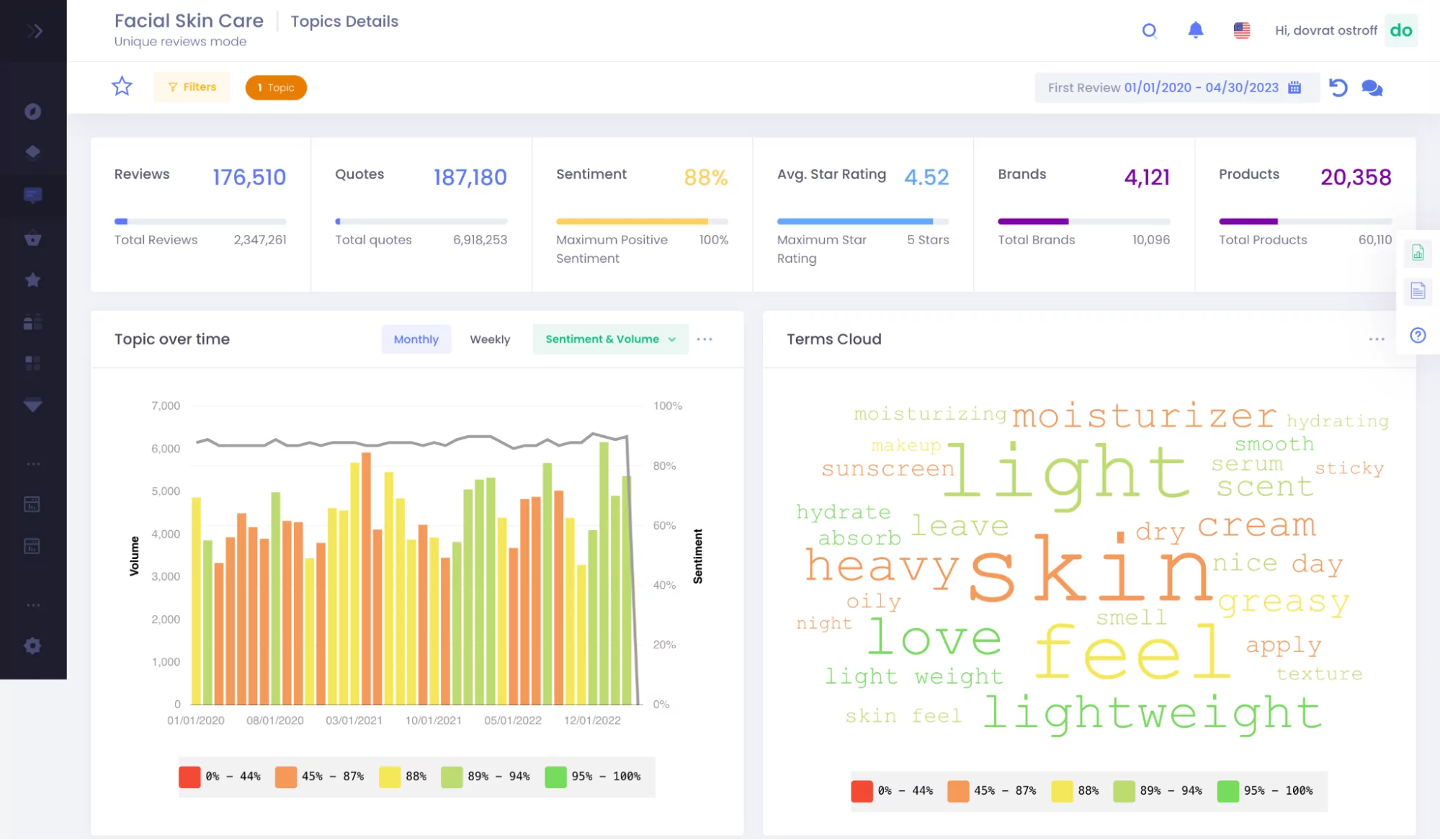
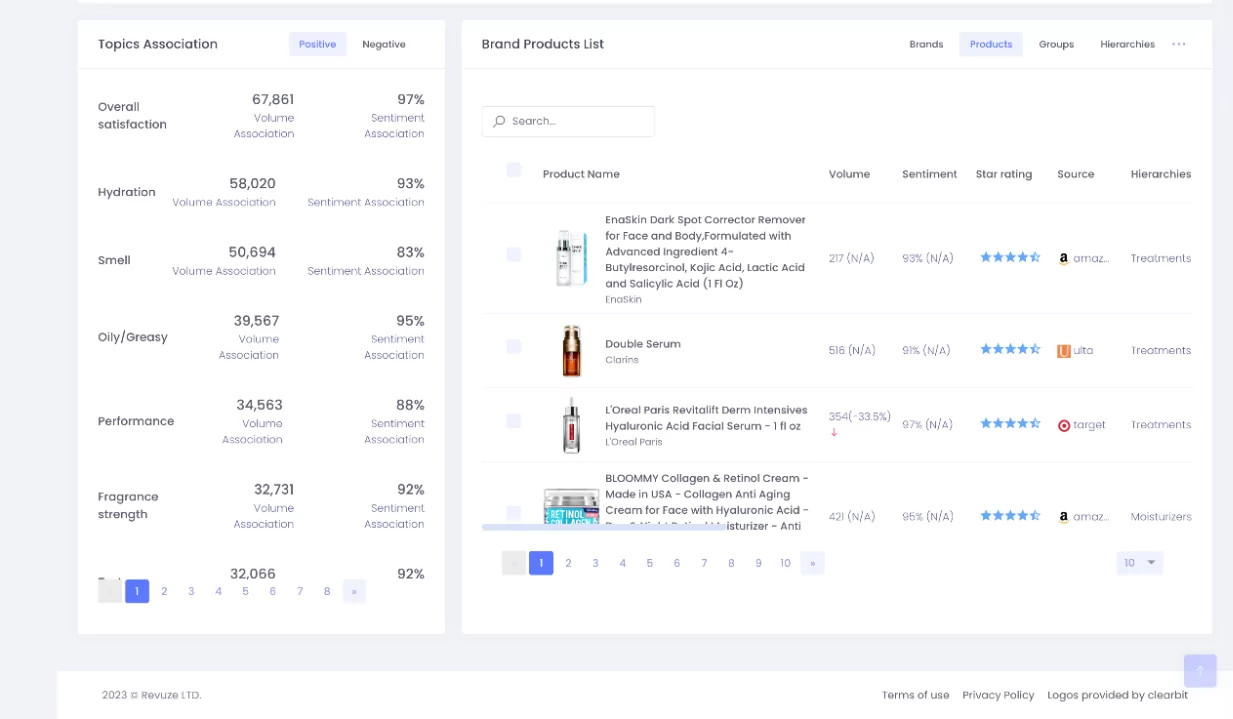
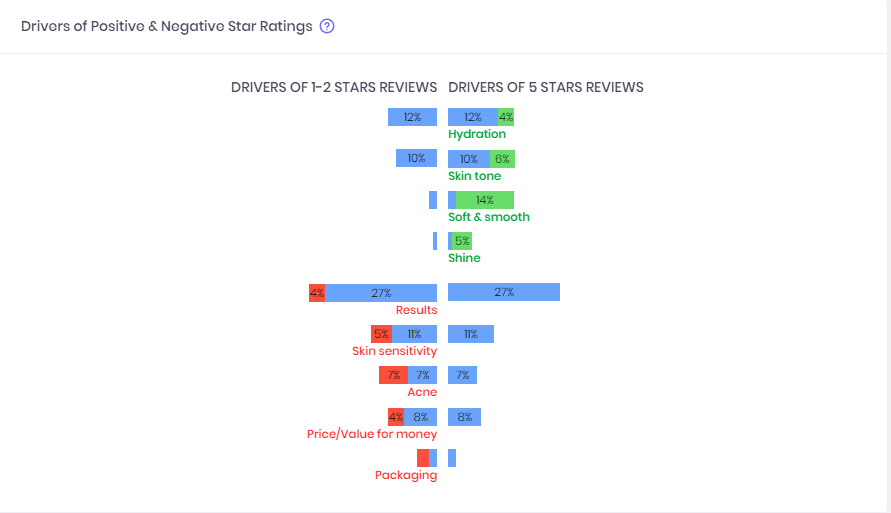
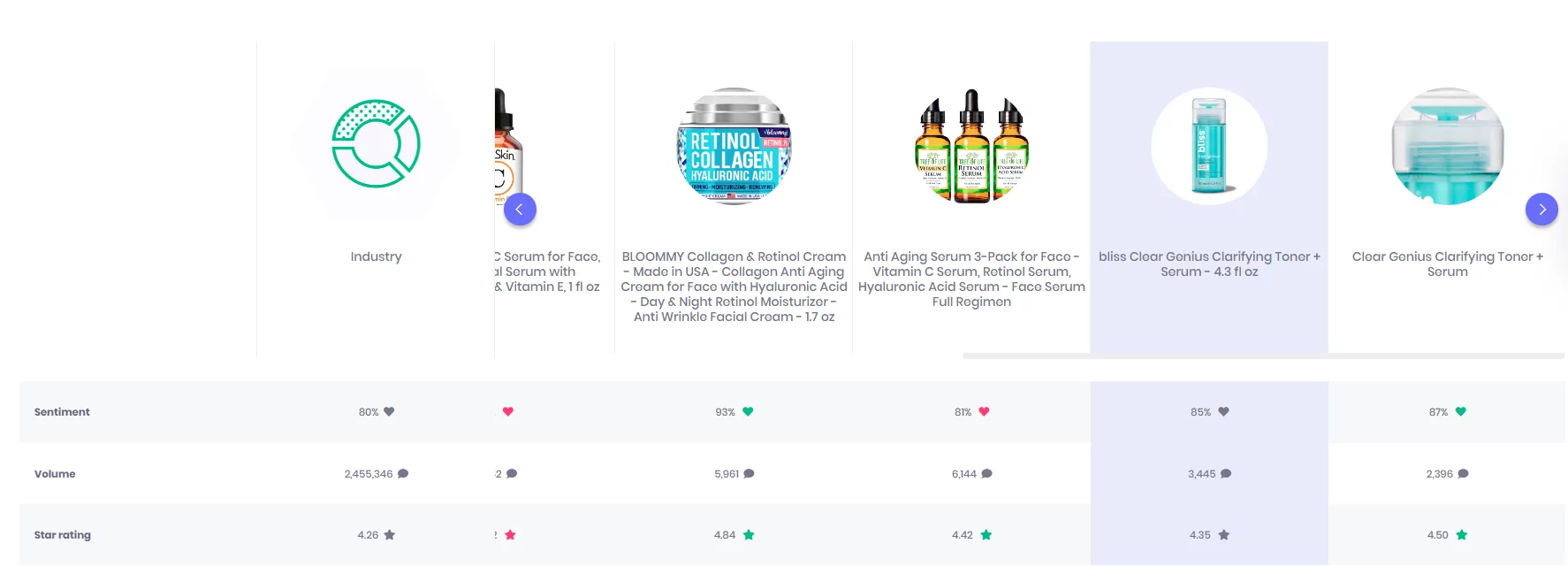
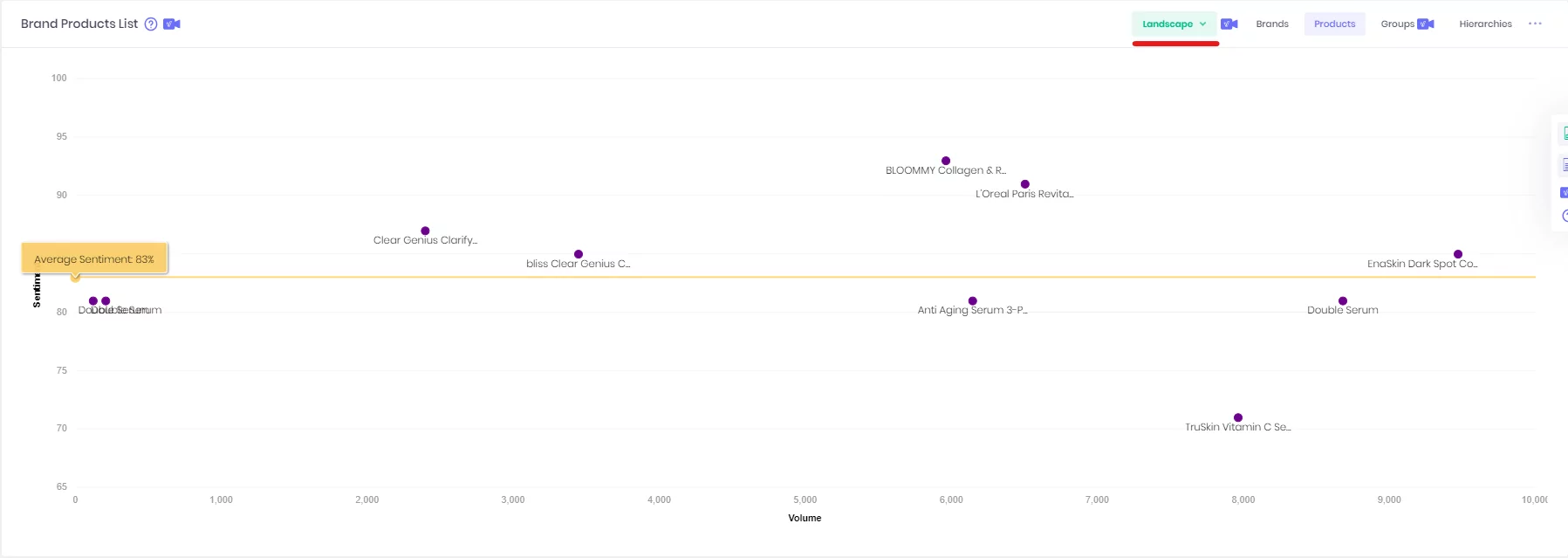
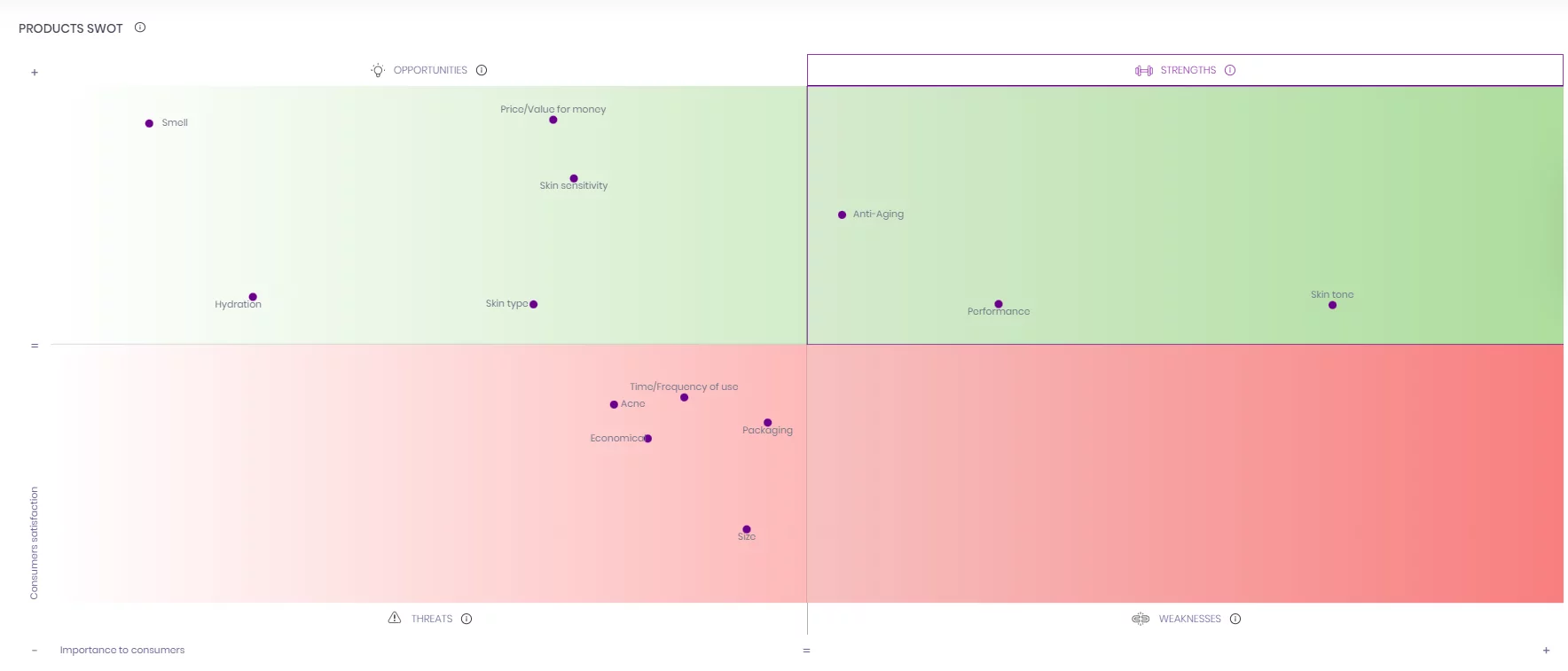
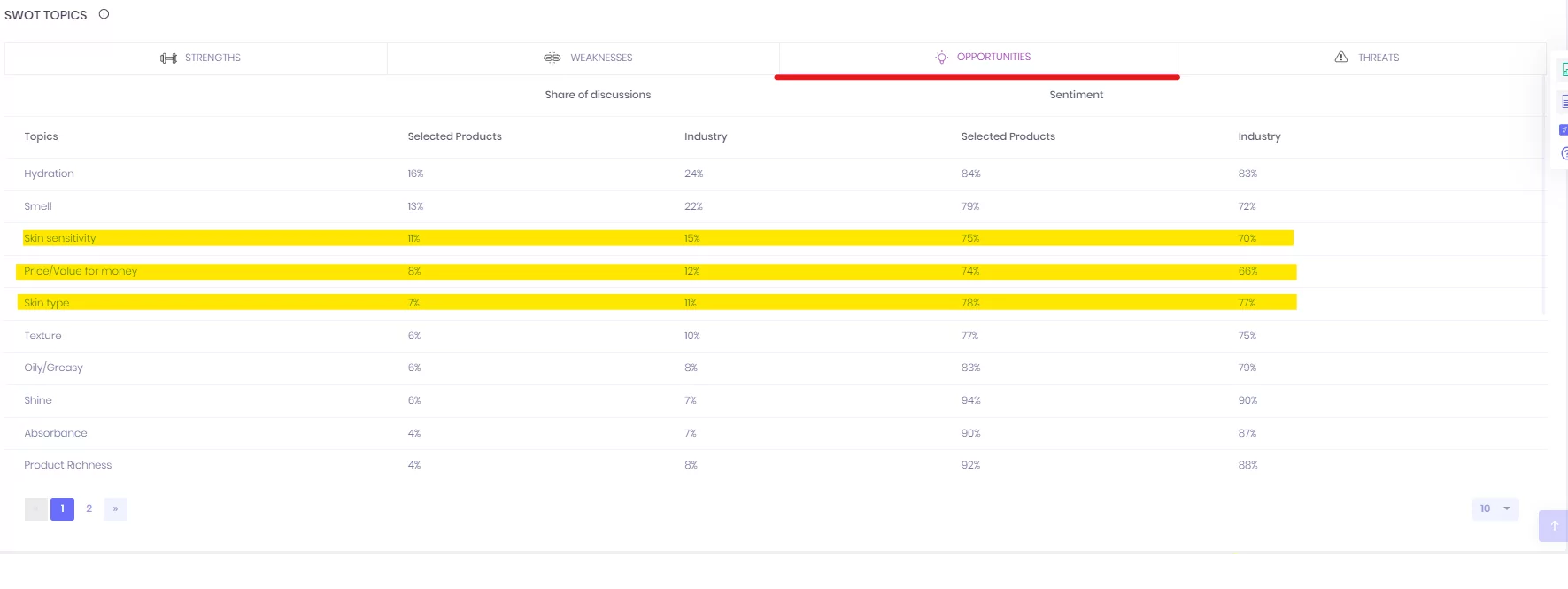
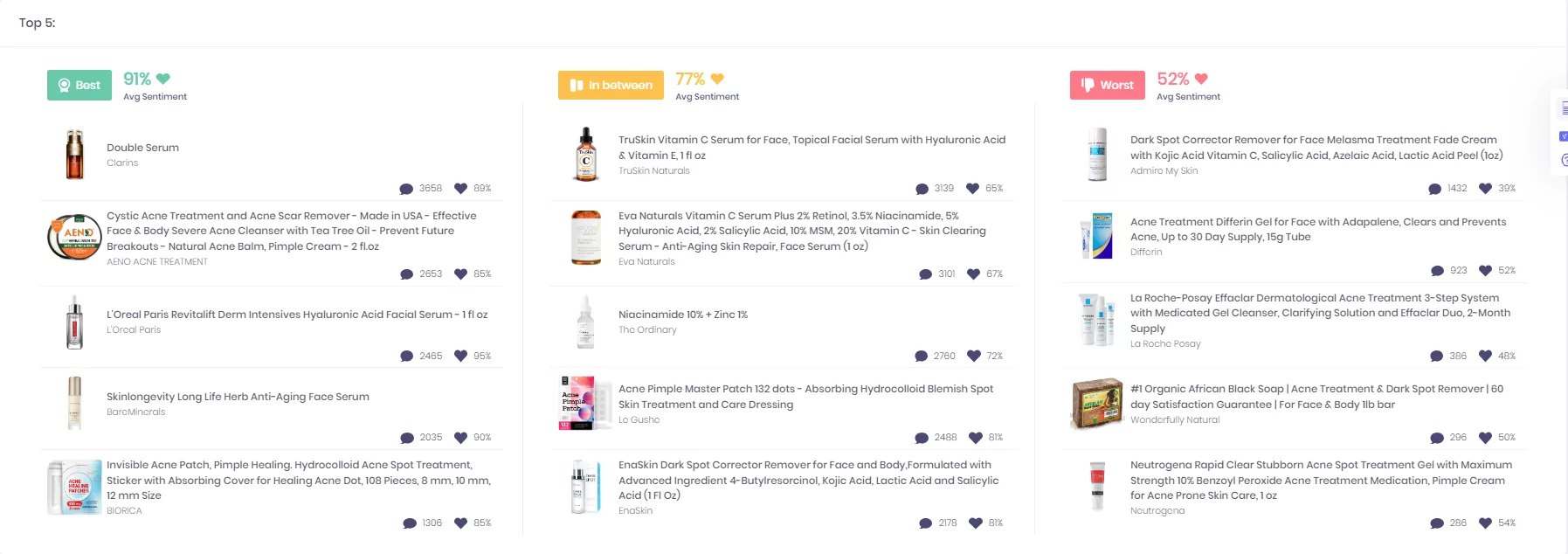
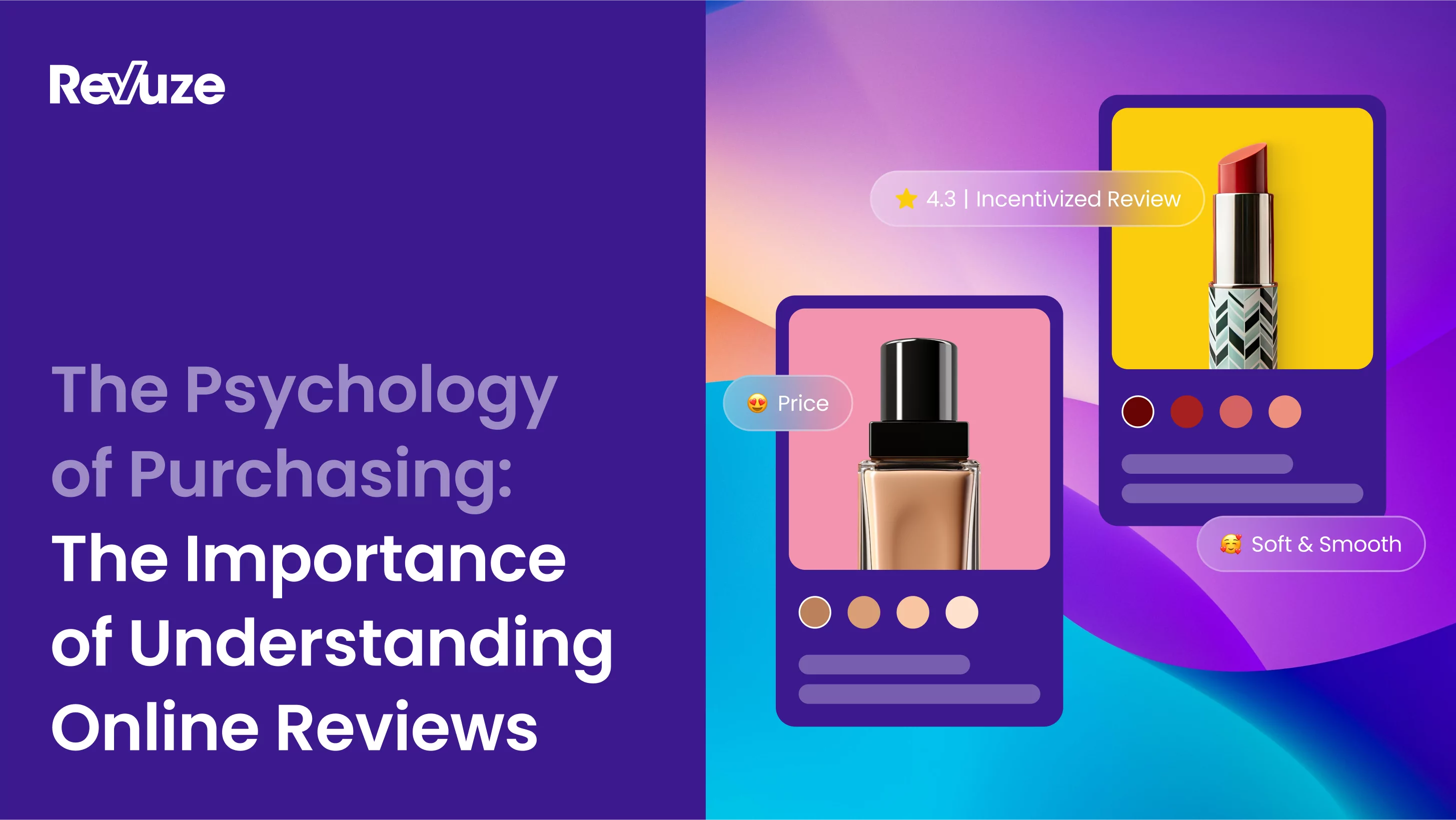
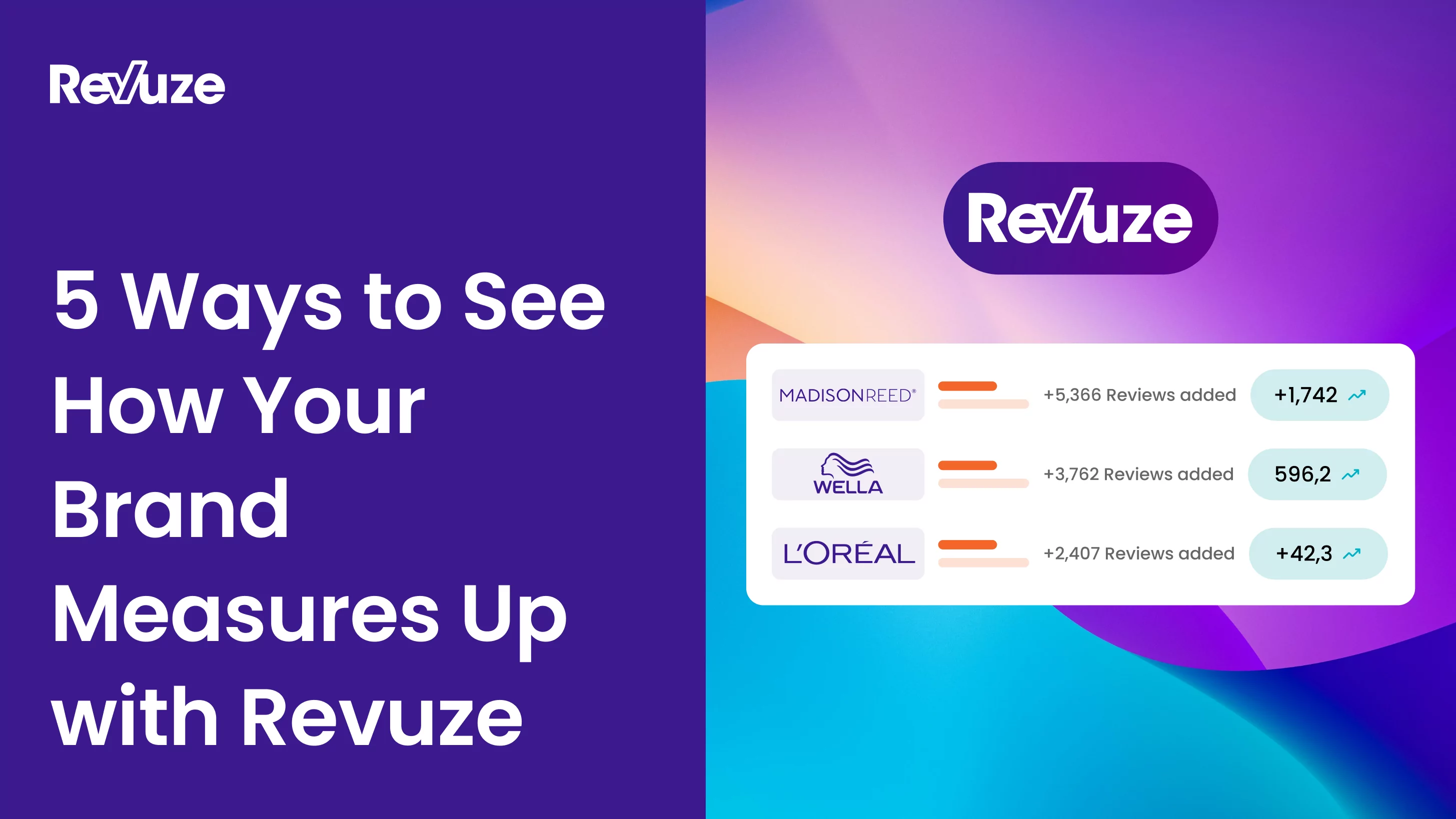
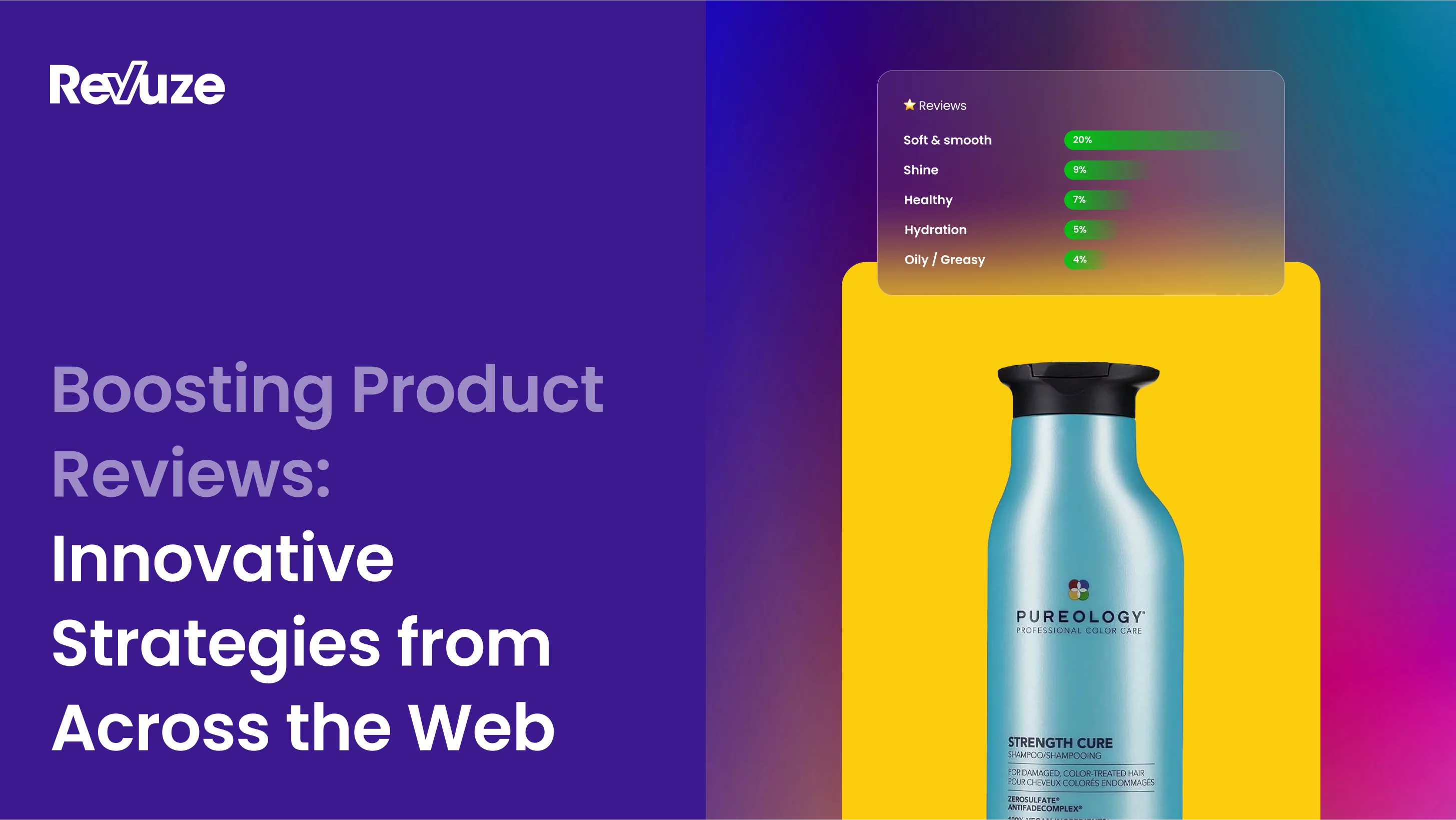
 Agencies
Insights
Agencies
Insights